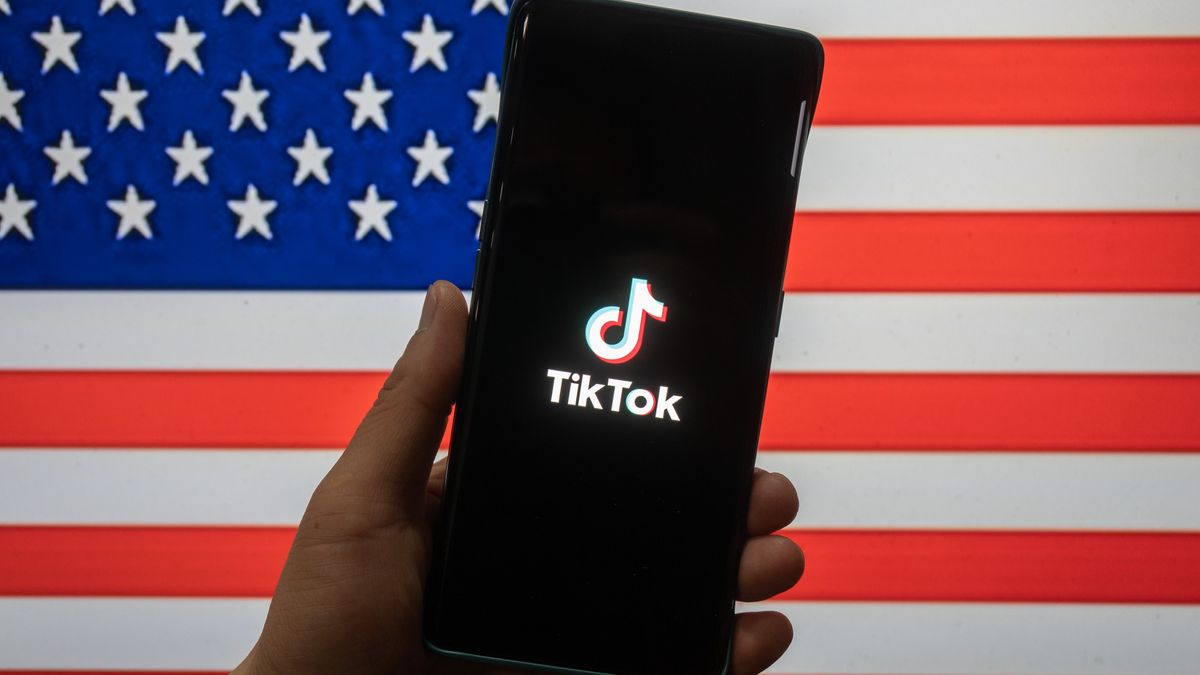Leaders at Elon Musk’s social media company, X, told employees this week that 65 percent of advertisers had returned to the platform since January, according to recordings of all-hands meetings obtained by The New York Times, and that smaller companies now made up the bulk of its revenue.
The executives, including Linda Yaccarino, who was appointed to run the company a year ago, admitted that the company continued to face challenges as it rebuilt its beleaguered advertising business. They did not provide updated sales figures, according to three people in attendance on Wednesday and Thursday, who noted that the return of advertisers did not necessarily reflect an increase in revenue.
The meetings took place as Mr. Musk, who acquired the company for $44 billion in 2022, faced a Tesla shareholder vote Thursday on his pay package, worth more than $45 billion. Some investors at Tesla, which accounts for the bulk of Mr. Musk’s wealth, have expressed concern he has been distracted by X. Later in the day, the company announced that shareholders had approved his compensation.
Since Mr. Musk took over the social media company, the billionaire has cut 75 percent of staff, restored hundreds of banned accounts and remade the platform to allow most speech, without consequences. In November, he told advertisers not to spend on X, dismissing them using an expletive during an interview at The Times’s DealBook conference.
Still, Ms. Yaccarino painted a rosier picture this week as she spoke with employees, promoting the increase in advertising by small and medium-size businesses on the platform. She and Mr. Musk are expected to continue to make their case to brands in meetings next week, as the two executives head to the Cannes Lions festival, an ad industry summit.
“Hundreds of client meetings will happen, and many moments will take place where we get to showcase X,” she said. The recordings were verified by employees at the meetings.
“Our customers are cheering us on, and they’re excited and in awe of all the progress that we’re making,” Ms. Yaccarino added.
While X’s ability to attract small and medium-size businesses would be a win, those advertisers are unlikely to replace the Fortune 500 companies that have significant ad budgets, said Jasmine Enberg, an analyst with Emarketer who covers X.
“There’s still a healthy dose of skepticism and concerns among big brands, which tend to be more risk averse, about advertising on the platform,” she added. “There’s the risk of the content there and of retaliation from Elon Musk.”
X lost about 52 percent of its U.S. advertising revenue in 2023, with total earnings falling to about $1.13 billion, according to estimates by Emarketer. The firm predicts an additional 2.5 percent drop this year, to $1.1 billion.
Mr. Musk did not respond to a request for comment. X declined to comment.
Ms. Yaccarino, a longtime television executive who worked at NBCUniversal before joining X last June, told workers that she planned to transform the company into a “video-first” platform that competed with YouTube and TikTok.
“We know the importance of turning around the business in the U.S.,” Monique Pintarelli, an advertising executive at X, said during one meeting, according to a recording. “We are making tremendous progress in driving reactivations across the U.S., with a 65 percent increase in active advertisers back on the platform since January.”
Ms. Pintarelli noted that the shift of X’s current advertisers to smaller businesses was a distinct change from Twitter’s historical reliance on major brands for most of its revenue.
A pivot away from top brands could protect X from some of the volatility it has faced since Mr. Musk’s takeover. Hate speech and violent content have surged on the platform, according to researchers. Marketers for household names like Apple and Disney have been skittish about the potential for their brands to appear next to that content.
“We are also working hard to make sure that we’re building a business that is a lot more resilient for the future, one that’s less reliant solely on Fortune 500 companies,” Ms. Pintarelli said.





